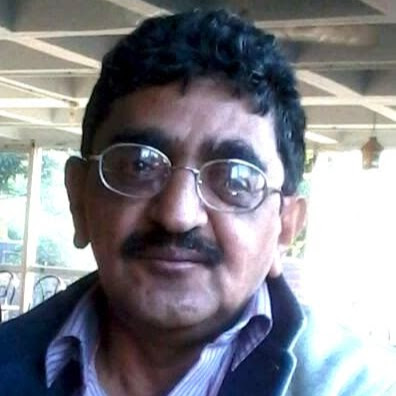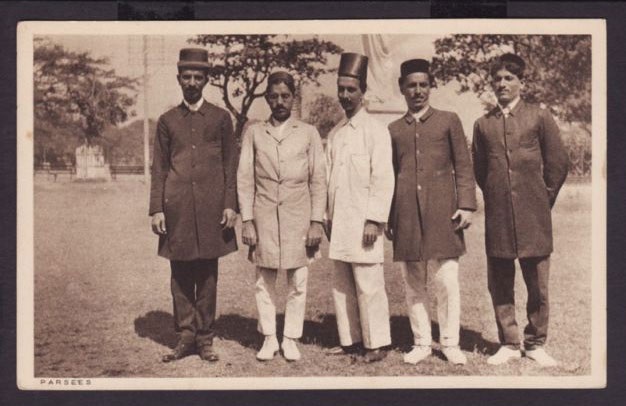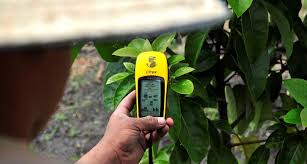Research and development efforts in the areas of health and environment are set to get a major boost with the Government of India becoming an Associate Member of European Union’s cutting edge Synchrotron Radiation Facility (ESRF) at Grenoble in France.
The agreement will be for a period of three years at a cost of Rs. 17.5 crore. It will provide Indian scientific community access to multiple beam lines and other cutting edge facilities. India is the 22nd country to join the Facility.
The agreement builds up on the success of a previous ad-hoc arrangement signed by the Department of Biotechnology (DBT) with European Molecular Biology Laboratory (EMBL) in 2008 to access a beam line called BM14 at the Facility. The project was implemented by the New Delhi based National Institute of Immunology (NII) in partnership with EMBL.

"The access to the BM14 beam line has resulted in over 200 research publications, deposition of over 600 structures in the Protein Data Bank, training of more than 150 research personnel and over 100 PhD theses were based on data collected under this programme”
A spokesperson of the Ministry of Science and Technology noted that it was of immense use to the macromolecular crystallography community in the country and had a profound impact on research and development in the areas of biotechnology and life sciences especially in understanding the biological mechanisms and development of effective therapeutics and prophylactics to combat human, veterinary and plant diseases.
The access to the BM14 beam line has resulted in over 200 research publications, deposition of over 600 structures in the Protein Data Bank, training of more than 150 research personnel and over 100 PhD theses were based on data collected under this programme.
Under the new arrangement, which will be formally launched in the presence of the Minister for Science and Technology, Harsh Vardhan on June 19, India would become a scientific partner of ESRF through the Regional Centre for Biotechnology (RCB), Faridabad. It provides access to multiple and more intense beam lines for Small Angle X-ray Scattering (SAXS) along with macromolecular crystallography. In addition, access to the Cyro-Electron Microscopy Facility will be available in the near future.
India joins the ESRF at an opportune moment, as a new and revolutionary Extremely Brilliant Source (EBS) of synchrotron will become operational in 2020. The EBS, with its unprecedented performance, is expected to enable path breaking discoveries in living matter and material research. (India Science Wire)



